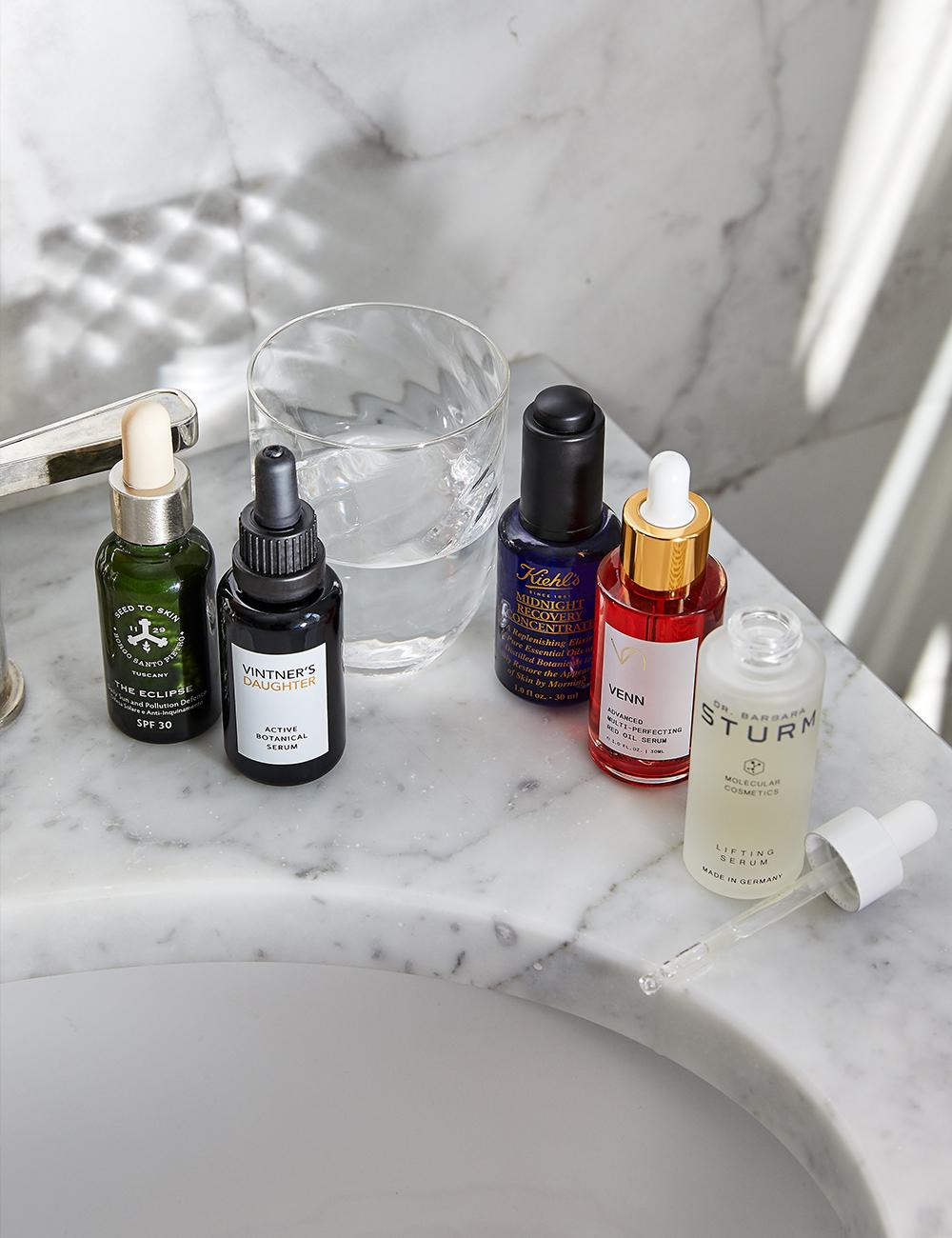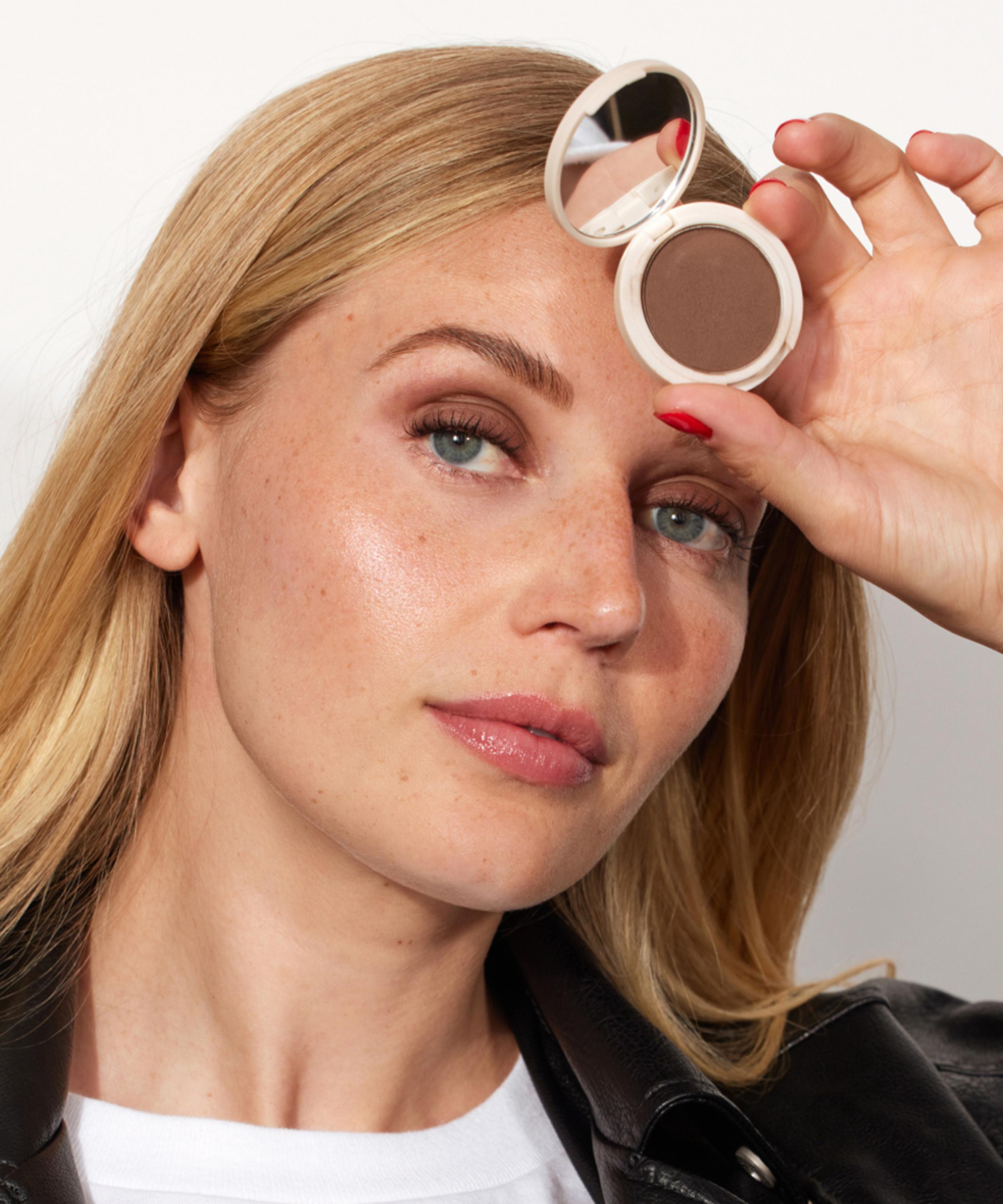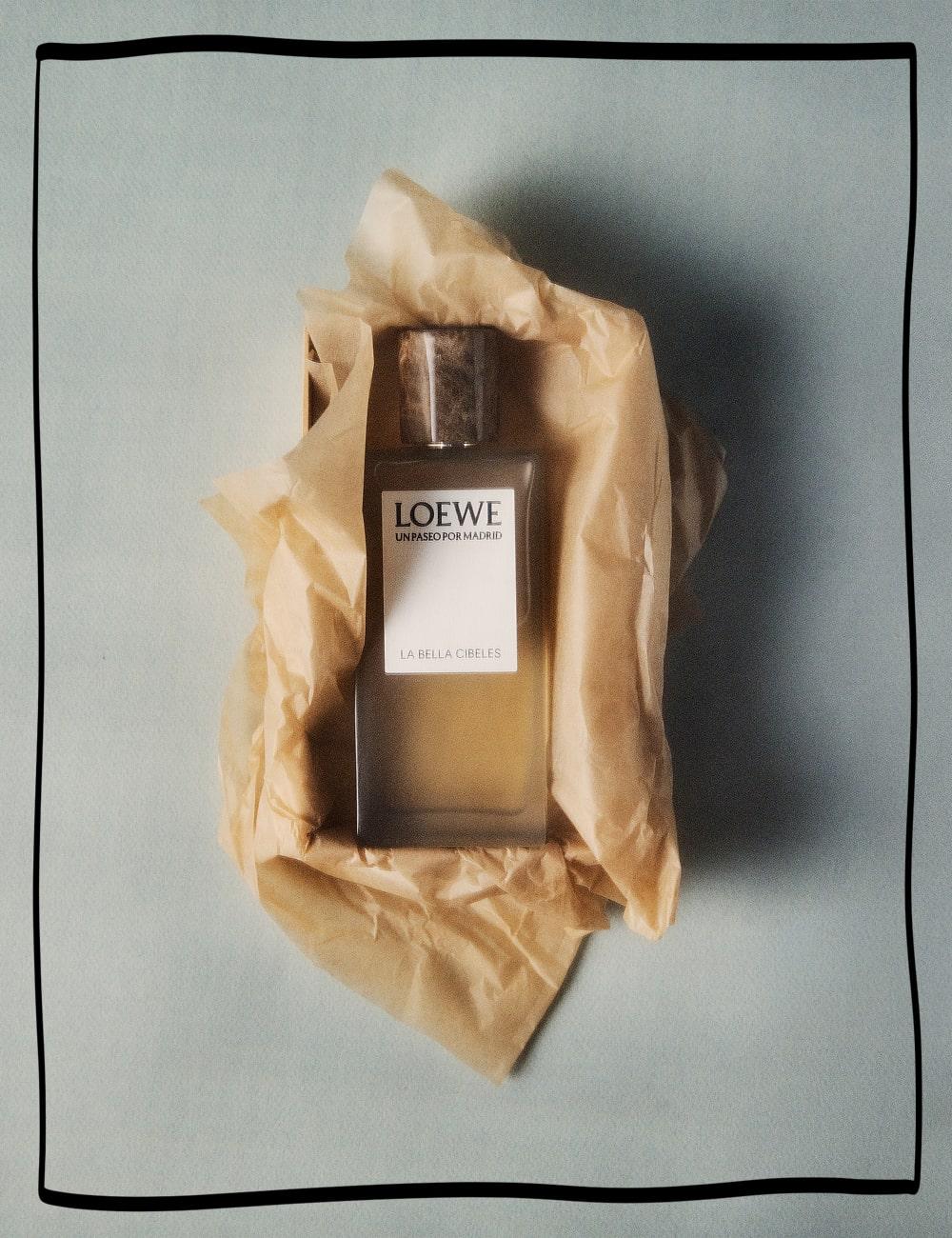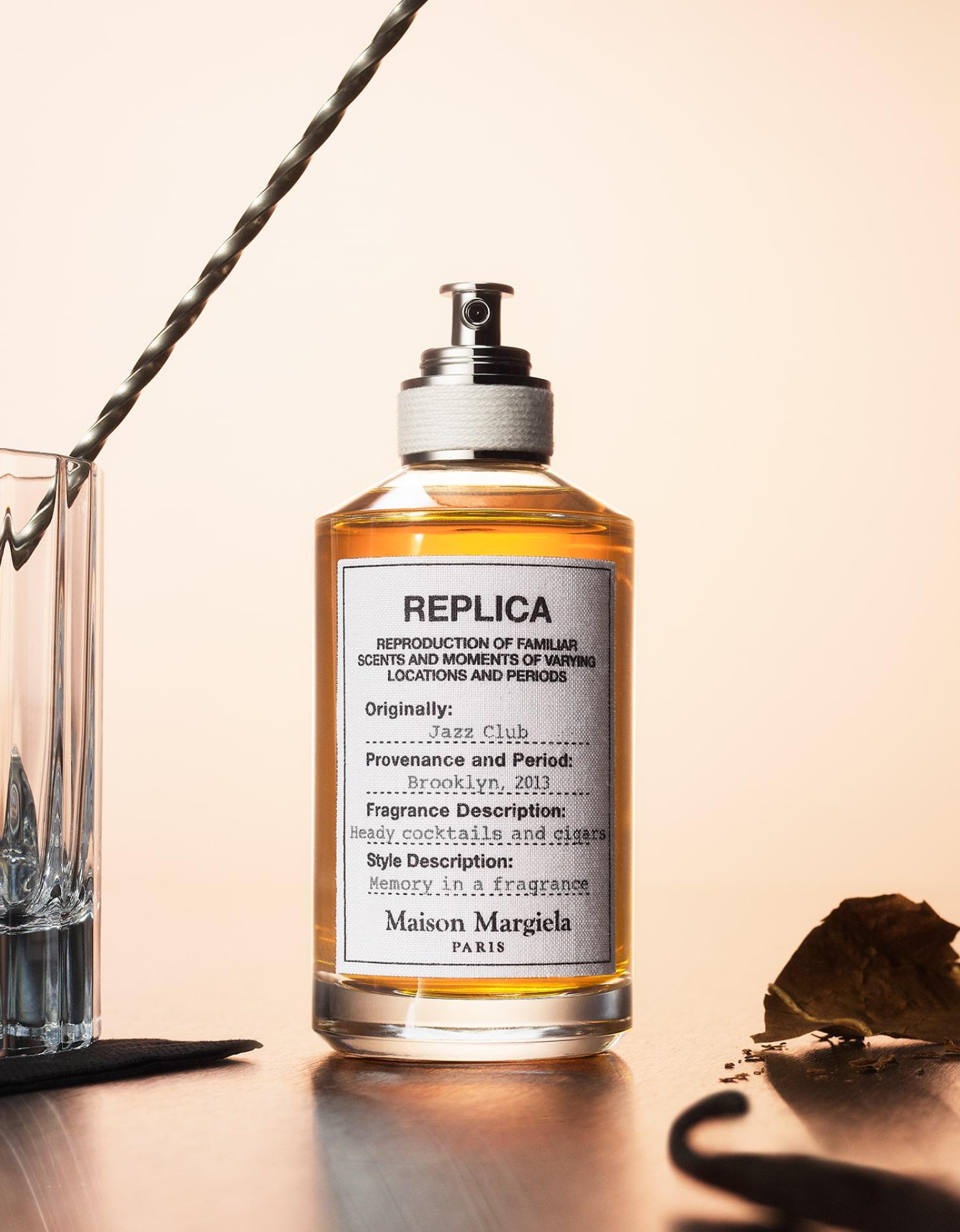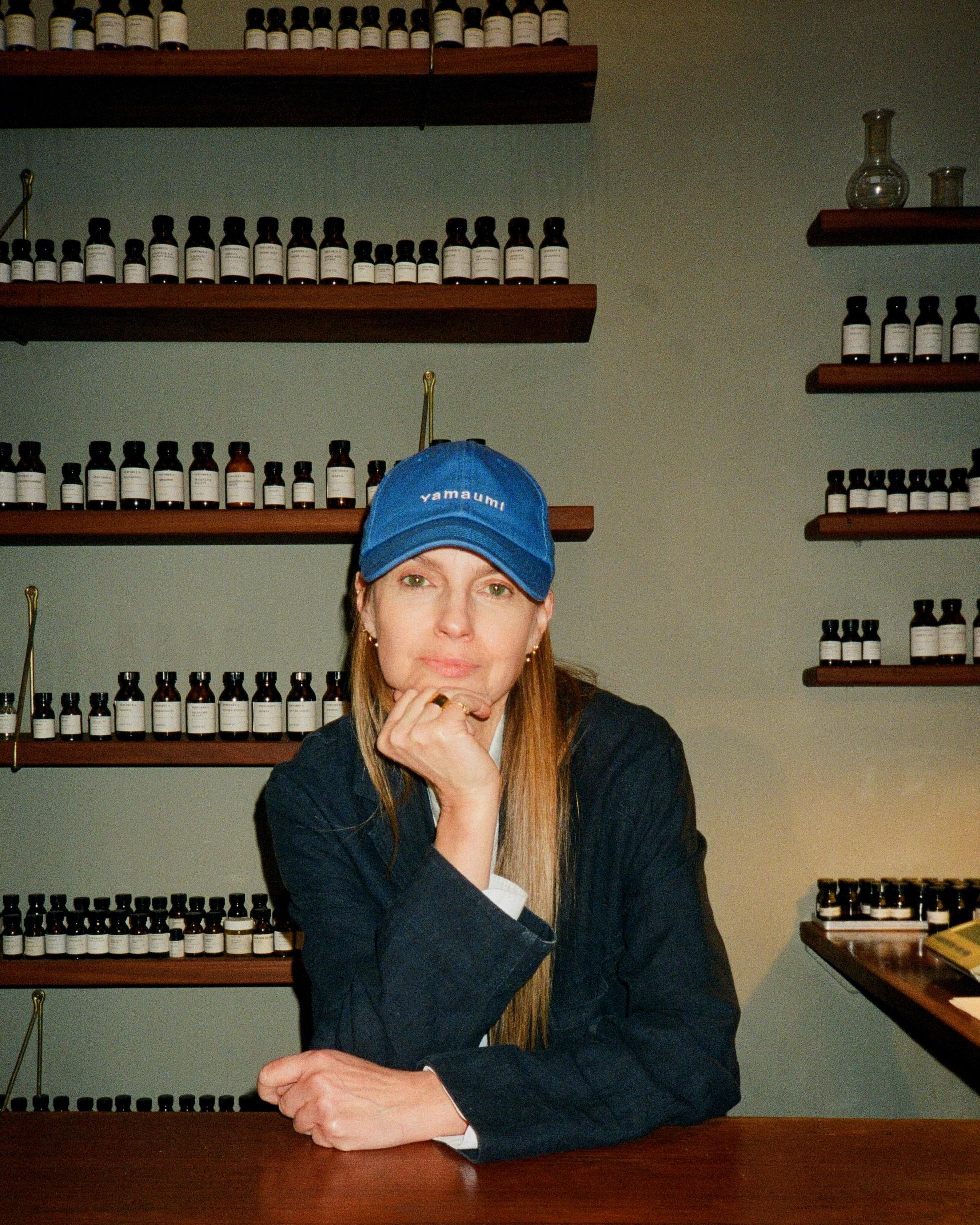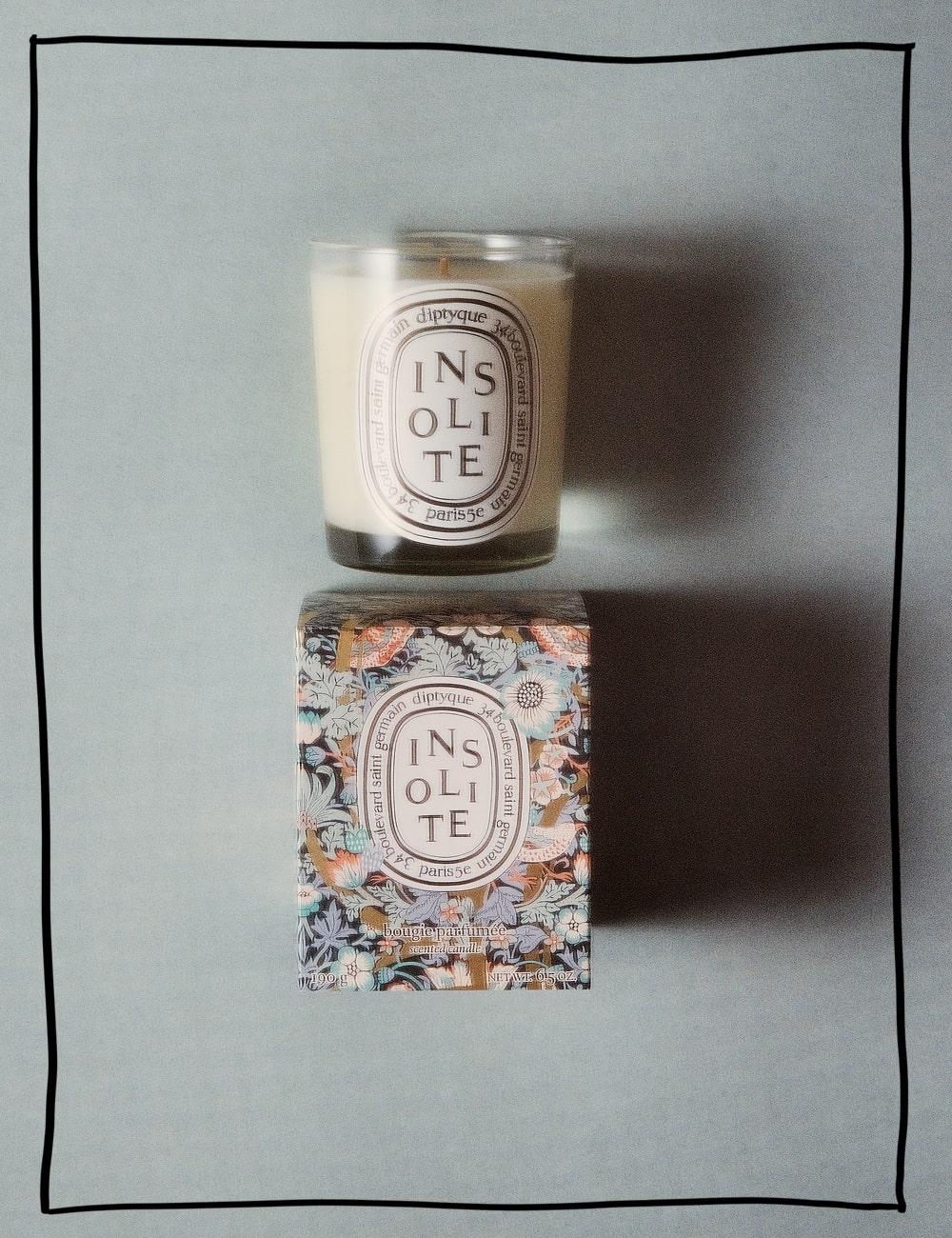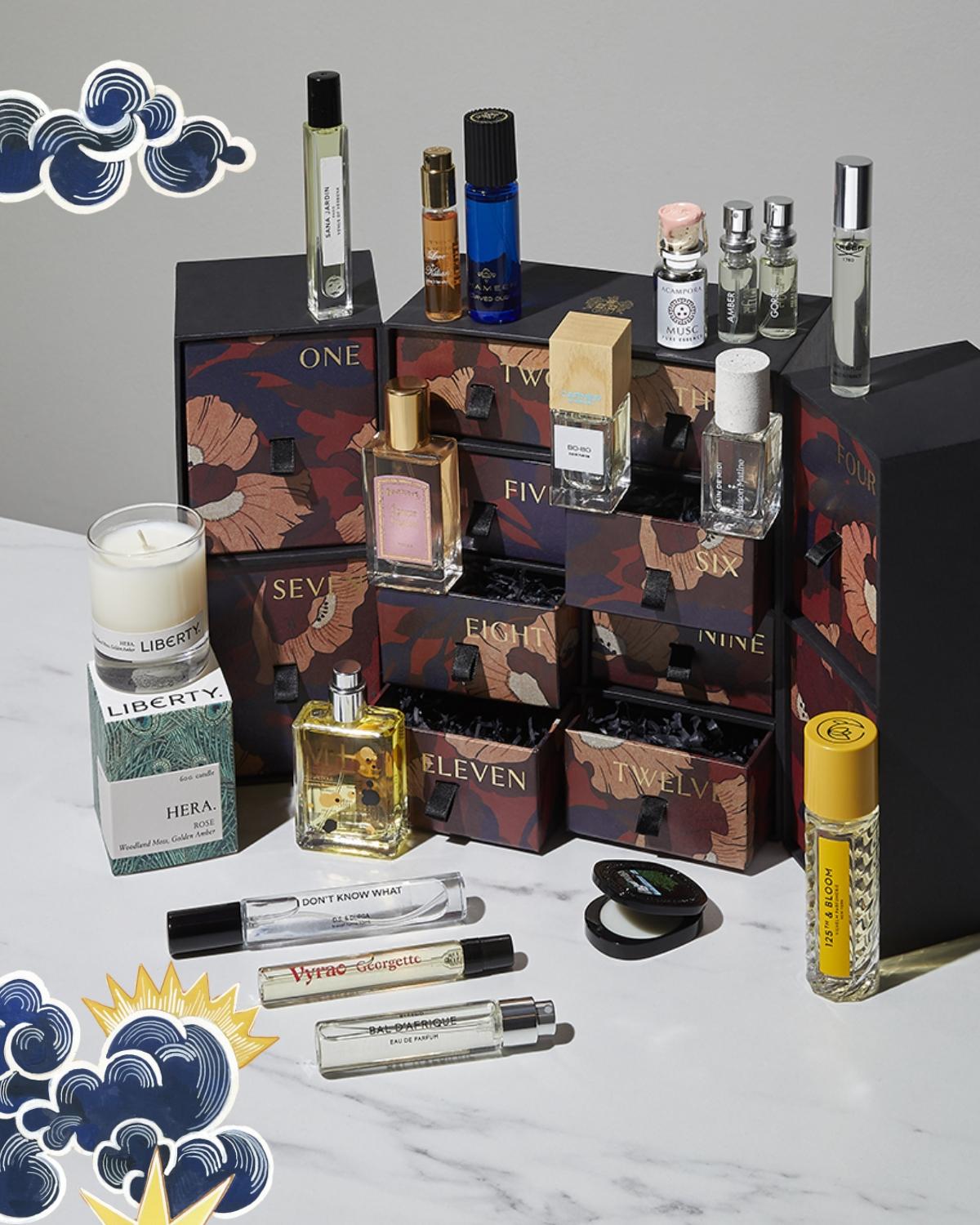All in Order: The Correct Way to Apply Your Skincare
To reap the greatest rewards – and avoid any skincare regrets – how you layer your skincare products matters
Read more
All in Order: The Correct Way to Apply Your Skincare
To reap the greatest rewards – and avoid any skincare regrets – how you layer your skincare products matters
By: Verity ClarkWhen it comes to skincare regimens there are a lot of opinions: there’s camp double cleanse vs team single; those that commit to a long and laborious skincare regimen and advocate skin flooding and there’s those that recommend stripping it all back to a basic skincare regimen. What you apply is certainly open to personal preference and unique concerns, but when you apply them? It’s vital you follow the correct order to apply your skincare products.
Why It Matters
“Incorrect layering can potentially result in problems such as dilution of ingredients,” says consultant dermatologist Dr Hiva Fassihi. For example, applying moisturizer after sunscreen could disrupt its UV-blocking abilities, while applying a rich moisturizer before a watery serum could hinder its absorption, meaning you won’t receive the full benefit. Also, if you layer your skincare in the wrong order, it can cause piling; that’s when products start clumping together and peeling away from the skin.
The Correct Order of Skincare Products
As a general rule, nailing the correct order to apply your skincare requires considering the consistency of your formulas. The idea is to start with the lightest, thinnest, most fluid or watery formulas, and finish with the thickest, richest, balmiest ones. Taking that into account, your morning skincare regimem would look like this: cleanser, toners and essences, serums, moisturizer, eye cream and sunscreen. Cleanser and sunscreen should book-end every skincare regime, but as Dr Fassihi explains, “the steps in between this sandwich, i.e. the filling, will depend on the individual's specific skin concerns.” Let’s break it down even further…
1. Cleanse
Washing the face properly creates a clean canvas which will allow your skincare to absorb better. If you’re concerned about which cleanser to use, opt for something gentle and non-foaming; that way, it’s unlikely to react with any of the ingredients in the rest of your skincare routine. Balms and oils are great for dry skin, and remove makeup with ease, while gel and cream formulas are good for normal, combination or oily skin.
SHOP CLEANSERS
2. Treat
The middle part of your regimen is best saved for treating any specific skin concerns you might have, such as blemishes or hyperpigmentation. The best skincare products for this include toners, essence and serums – all lightweight textures that can deliver active ingredients deep within the skin.
If using multiple formulas, ideally you’d start with the lightest first, and build up to the thicker, more heavyweight textures. “If both products have a similar texture, it doesn’t matter which comes first, just leave a few minutes to let each product fully absorb before applying the next,” recommends dermatologist Dr Beibei du Harpur.
However, it can also pay to apply the most active product, or the one set to target your biggest concern first, to give it the best chance of reaching the deeper layers of the skin. “Apply a serum which contains an active ingredient targeted at your main concern first and then a serum for a secondary concern such as hydration.”
There is one exception to the rule, however. If you use a retinoid-based product and find it leaves your skin uncomfortably dry, then try first applying your moisturizer as a buffer to help dilute its negative impact.
SHOP SERUMS & TONERS
3. Hydrate
All skin types require moisture to keep the skin barrier healthy, so whatever your main skincare concern, you still need to moisturize. Look for something rich in hydrating ingredients such as ceramides, glycerin and hyaluronic acid. These are the best skincare ingredients to provide much needed moisture – plus they form an occlusive layer, trapping the serum, toner and essence formulas below, helping them to penetrate skin more deeply. For the day time, consider a moisturizer packed with vitamin C; it helps ward off free radical damage and improves sun protection. And if you are applying facial oil as part of your night time skincare regime, that should come last.
4. Protect
Last but by no means least is, of course, sunscreen. Every dermatologist's favourite product, sunscreen is the number tool to have in your anti-aging and skin health arsenal. Naturally only necessary as part of your morning skincare regimen, sunscreen should always be applied last to avoid disrupting the protective film that forms as the product dries down.

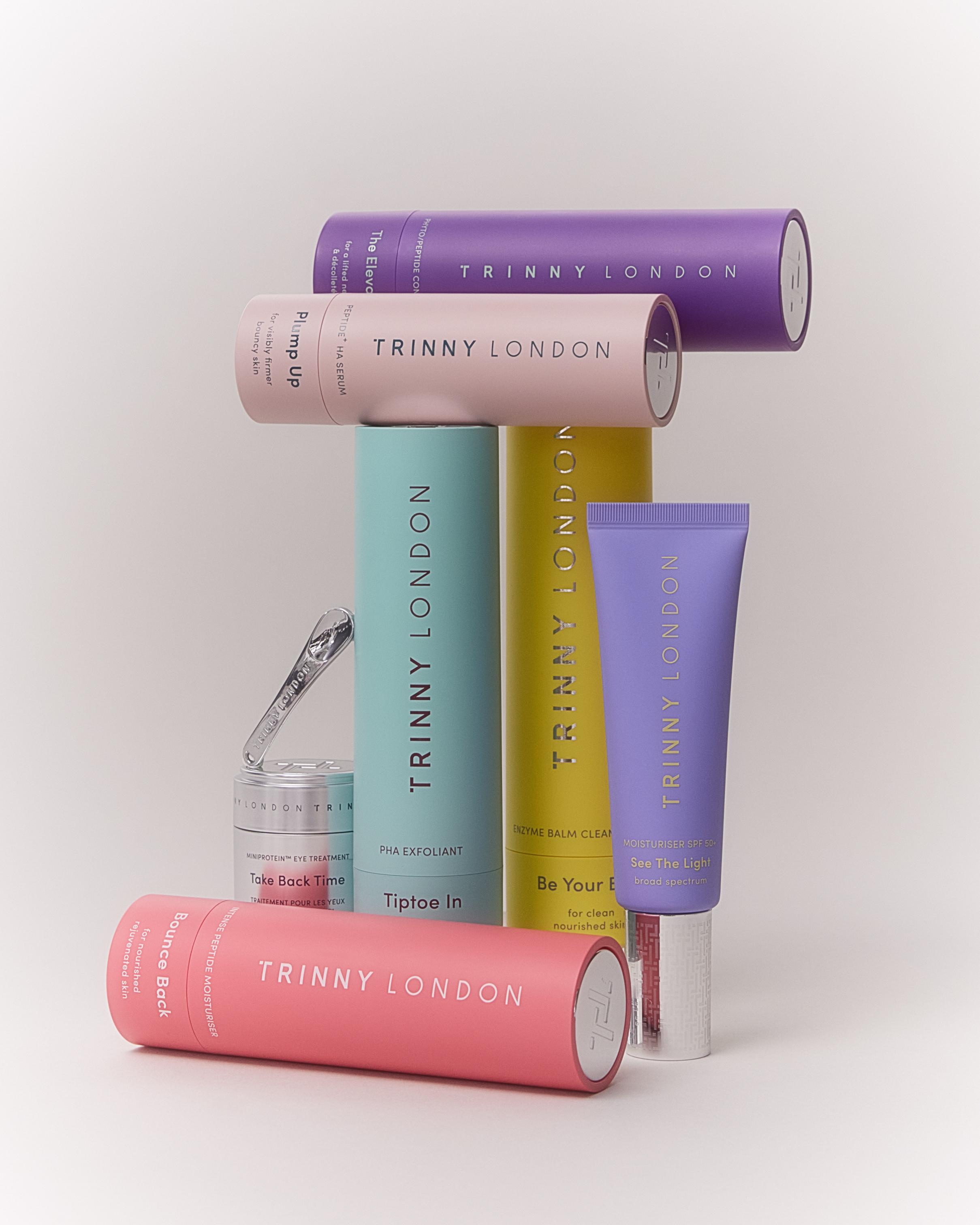

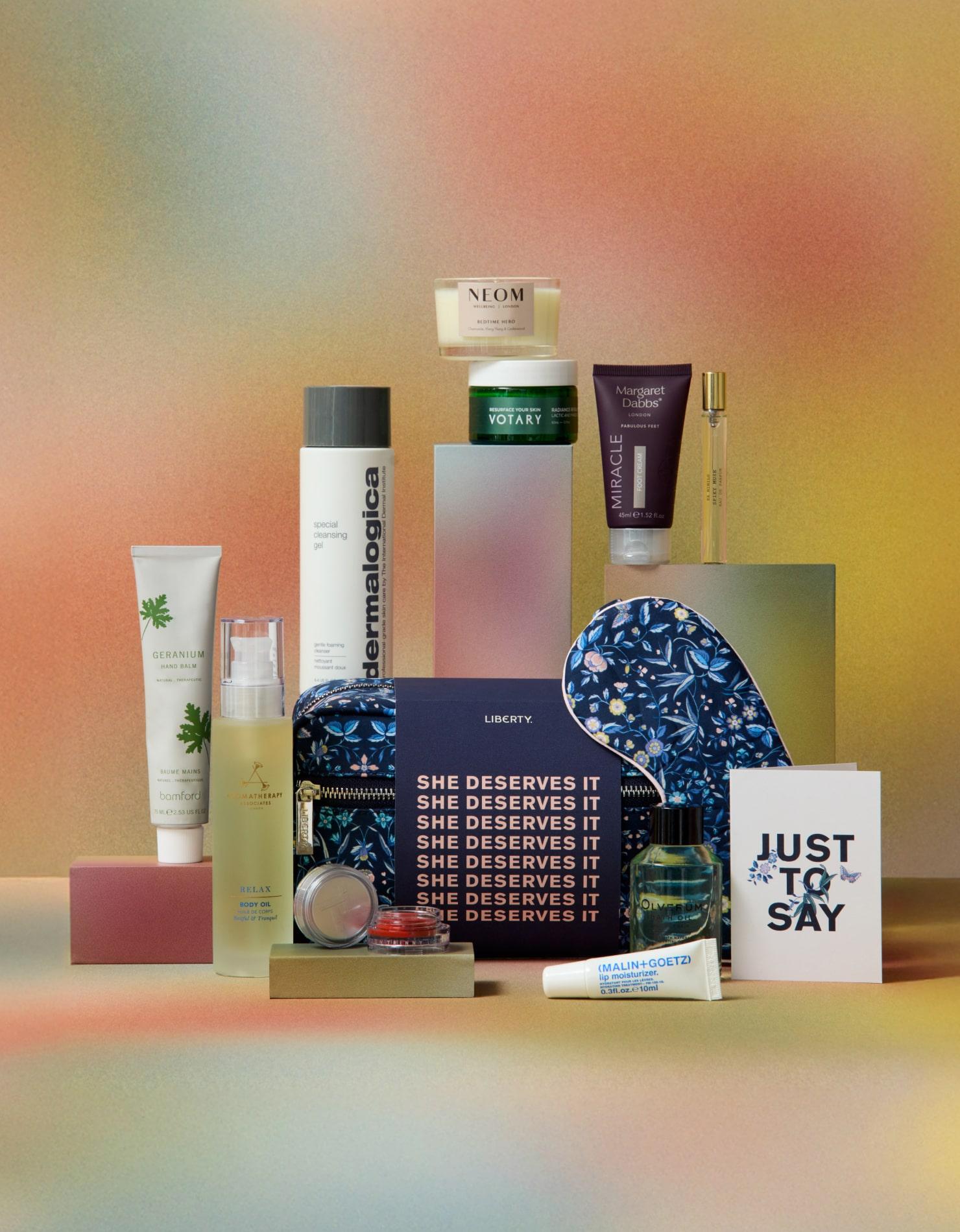
?fmt=auto&qlt=default)
